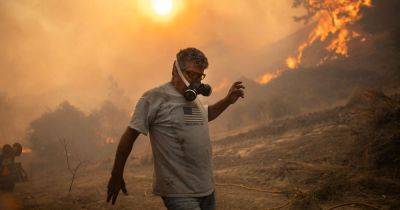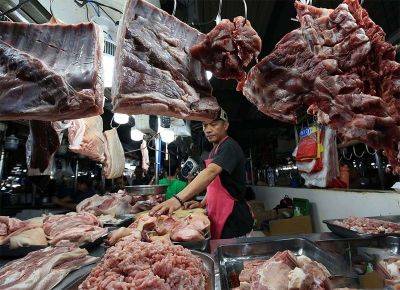Farmers ask NIA: What happened to billions for irrigation?
MANILA, Philippines — Farmers’ group Kilusang Magbubukid ng Pilipinas (KMP) has asked the National Irrigation Administration (NIA) to explain how it spent the multibillion-peso budget for irrigation.
In a statement, KMP chairperson Danilo Ramos cited the worsening effect of the El Niño phenomenon on rice farmers and other crops.
“How did the NIA use its yearly big budget?” Ramos asked, adding that for the past decade, the irrigation budget allocated for NIA has multiplied several times.
He noted that for 2024, the NIA’s budget was increased to P41.7 billion.
“Under the current administration, the agency has seen a huge increase in the number of infrastructure flagship projects, including the 27 projects in 2023, 13 of which are irrigation facilities with specific locations, while the remaining are regular annual programs of NIA for rehabilitation, repair, restoration, operation, and maintenance of existing irrigation systems,” Ramos said.
He said that based on the National Irrigation Master Plan (NIMP) from 2020 to 2030, there was a 2.5 percent increase in irrigation development or 47,272 hectares per year.
“In 2021, NIA reported 65 percent of total irrigated areas from 61.4 percent in 2018 and the 49.3 percent level in 2009,” Ramos added.
He noted that farmers started to feel the effects of El Niño in November 2023, adding that it is expected to worsen in the coming months, based on the projection of the state weather agency.
Ramos warned that a severe El Niño could affect 20 percent of the country’s rice farms, primarily due to an expected shortage of irrigation water across Central Luzon.
“The phenomenon is now affecting 45 provinces, with 28 provinces hit by dry spells and threatening local production of rice, corn, and sugar,” he said.
Ramos also contradicted the claim of NIA that the country is expected to achieve rice sufficiency in 2028.
“Under these conditions, we highly doubt NIA’s claim of rice self-sufficiency,” he added.







